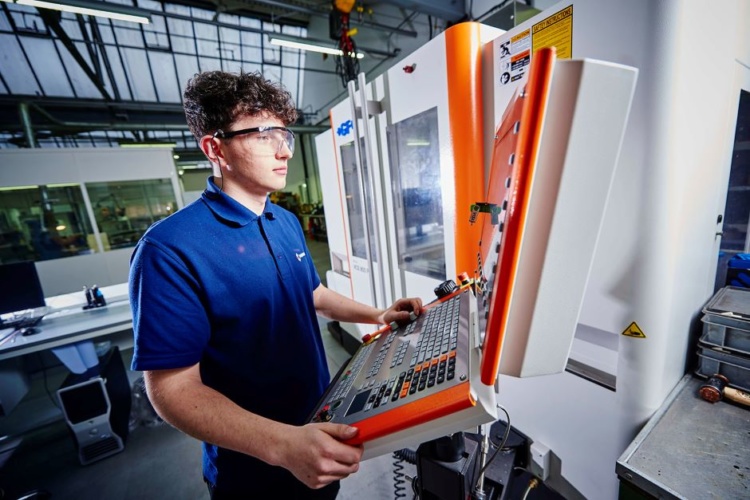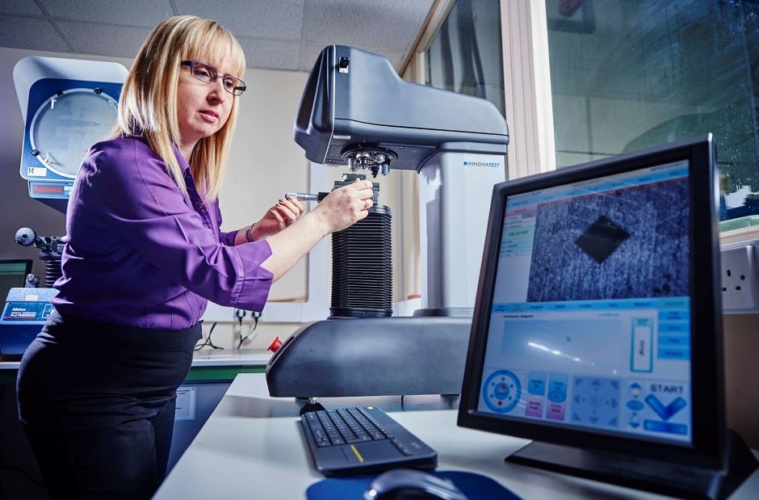I’m a glass half full kind of person and that is why I’m parking the uncertainty of Brexit to one side and preferring to focus on the opportunity that is set to be one of the first business trends of 2021.
Reshoring. Don’t say it quietly and secretly wish it might happen. Believe in it and shout it from the rooftops…the UK has a once in a generation chance to reclaim some of the work that emigrated to low-cost countries during the early 90s and throughout the 2000s.
Reshoring UK manufacturing: how, why and who?
Why flexible technology is key to reshoring manufacturing
A lot of major OEMs have been stung by extended supply chains with Covid-19 interruptions creating a ripple effect of production stoppages and cost penalties from not getting product out the door and to market quick enough.
Transitional issues caused by us leaving the EU have been well documented, mainly from the negative end of the conversation. And yes, there will be difficulties for UK manufacturers to contend with, but, on the flip side of the coin, companies based here might be more reticent to place work overseas, where they could be subject to additional tariffs and delays at the ports.
A reduction in capacity - causing longer raw material lead times from the EU and Asia – will only exacerbate this.
This isn’t going to be easy to take advantage of, quite the opposite. However, it is definitely something that manufacturers should be exploring and Government should be actively backing, whether that is through tailored support, incentives to bring work home or financial support for companies wishing to embark on these types of projects.
Funding and encouraging UK collaboration should be one of the first things politicians rubber stamp.

We’ve seen first-hand through our involvement with the Manufacturing Assembly Network, #ukmfgunite and funded projects with Innovate UK/UK Research and Innovation how powerful bringing the best of academia and various levels of the supply chain together can be when you’re developing new technology and overcoming traditional production issues.
Naturally, when changing the source of supply, it comes with risk. New terms, new relationships, possible R&D investment to make it work and above all will the new supplier live up to its promises and deliver?
This is where due diligence comes into play and a clear cost/risk benefit analysis must be used to determine whether the advantages of reshoring outweigh the issues of leaving your components where they are.
At Brandauer, we have embedded standard processes around existing tool transfers and new production introductions that are proven to recognise and manage the risks and provide potential new clients with a clear path to successfully reshoring their critical components.

Managing long supply chains is something else we have honed to the changing needs of the 22 countries we currently supply into. An example of this is having multiple options to purchase non-functional elements of tooling and jigging and/or raw material and bespoke processing equipment on behalf of our customers and moving it to the UK. This means we are taking a significant proportion of the risk and headaches on their behalf.
We are sometimes a little guilty of underselling our strengths, values and capabilities in manufacturing, but with all that is going on in the world, now is not the time to ignore the first signs of a reshoring trend.
Instead, we need to get behind it, promote it, explore where we can deliver new competitive advantage and make it happen.
Could 2021 be the year of reshoring…new customers in the EU and North America have placed their faith in us and UK manufacturing in the past few weeks so why not?
Rowan Crozier, CEO of Brandauer




Poll: Should the UK’s railways be renationalised?
All public service companies should be nationalised for many different reasons, particularly railways, not the least because the tax payer has already...